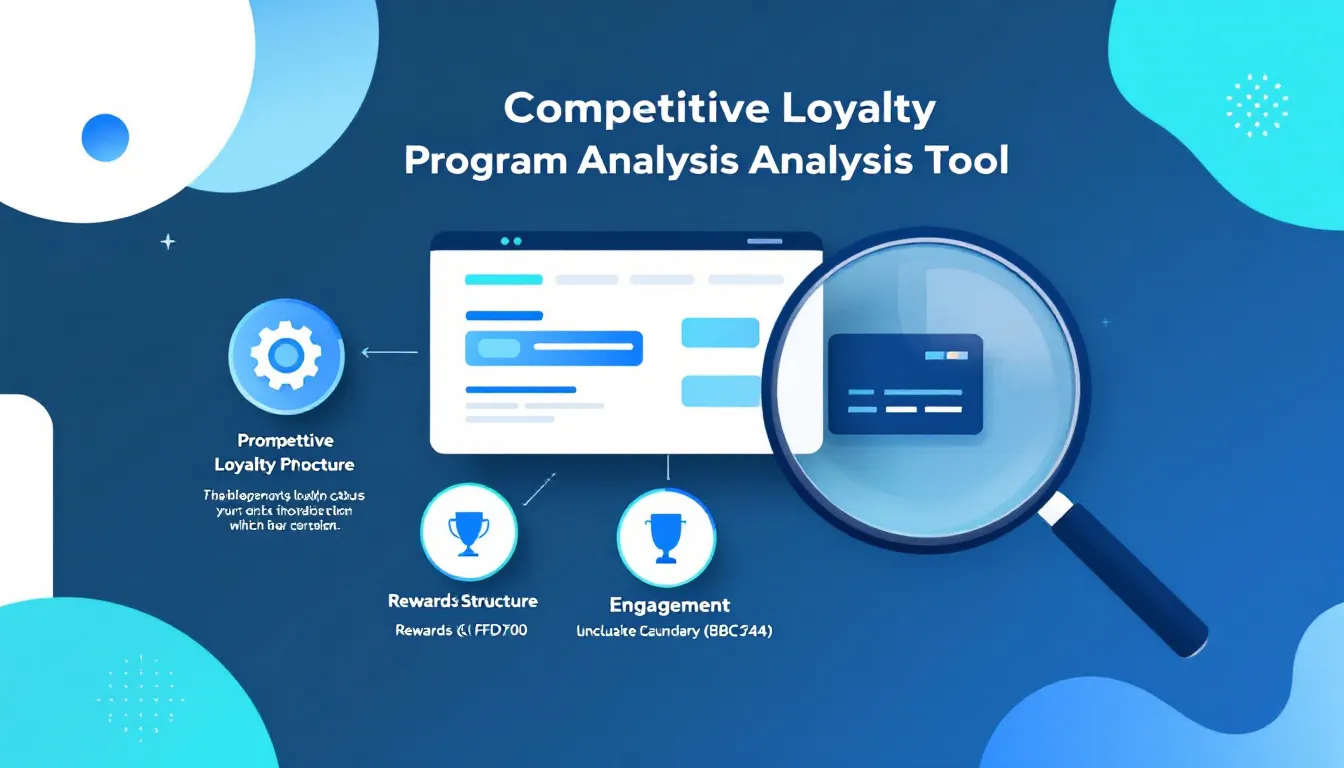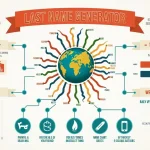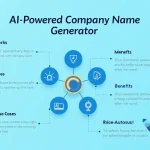Is this tool helpful?
How to Use the Competitive Loyalty Program Analysis Tool Effectively
The Competitive Loyalty Program Analysis Tool helps businesses evaluate and compare customer loyalty programs across competitors. Here’s a detailed guide on using each field effectively:
Company Name Field
Enter your company’s legal business name. For example:
- SunBurst Wellness Center
- GreenLeaf Grocery Markets
Industry Field
Specify your primary business sector. Examples include:
- Wellness and Fitness Services
- Organic Food Retail
Competitors List
Input your main competitors, one per line. Consider including:
- Direct competitors in your geographical area
- Online competitors offering similar services
- Indirect competitors with overlapping customer bases
Current Loyalty Program Features
Describe your existing loyalty program elements in detail, including:
- Reward structure and point systems
- Member benefits and special privileges
- Redemption options and requirements
Understanding the Competitive Loyalty Program Analysis Tool
This comprehensive tool enables businesses to conduct detailed comparisons of customer loyalty programs, helping identify competitive advantages and areas for improvement in customer retention strategies.
Core Components of Analysis
- Program structure evaluation
- Reward mechanism comparison
- Customer engagement assessment
- Value proposition analysis
Benefits of Using the Loyalty Program Analysis Tool
Strategic Advantages
- Identify market positioning opportunities
- Uncover competitive gaps
- Optimize reward structures
- Enhance customer retention strategies
Operational Benefits
- Streamlined program evaluation process
- Data-driven decision making
- Efficient resource allocation
- Enhanced program ROI
Solving Business Challenges Through Competitive Analysis
Customer Retention Enhancement
The tool helps businesses identify effective retention strategies by analyzing successful competitor programs. For instance, a coffee shop chain might discover that competitors offering tiered rewards systems show 25% higher customer retention rates.
Program Differentiation
By understanding competitor offerings, businesses can develop unique value propositions. Example: A bookstore implementing a points-plus-experiences program after discovering competitors only offer basic point systems.
Practical Applications and Case Studies
Retail Sector Example
A medium-sized fashion retailer used the tool to analyze five competitors and discovered:
- Gap in mobile app integration
- Opportunity for personalized rewards
- Need for birthday rewards program
Service Industry Implementation
A spa chain utilized the analysis to restructure their loyalty program:
- Introduced tier-based benefits
- Implemented partner rewards
- Created referral bonuses
Program Evolution Strategies
Short-term Improvements
Based on competitive analysis, implement quick wins:
- Adjust point earning rates
- Introduce new reward options
- Enhance communication channels
Long-term Development
Plan strategic program evolution:
- Technology integration roadmap
- Partnership expansion strategies
- Customer journey optimization
Frequently Asked Questions
What types of businesses can benefit from this analysis tool?
Any business with a customer loyalty program or planning to implement one can benefit, including retail stores, restaurants, service providers, and online businesses.
How often should competitive loyalty program analysis be conducted?
Quarterly analysis is recommended to stay current with market trends and competitor changes, with comprehensive reviews annually.
What are the key metrics to focus on when comparing loyalty programs?
Focus on reward value, ease of earning, redemption flexibility, program engagement rates, and unique features that differentiate programs.
How can businesses implement findings from the analysis?
Create an action plan prioritizing quick wins while developing long-term strategic improvements based on competitive insights and customer feedback.
What makes a loyalty program successful?
Successful programs typically combine easy point accumulation, valuable rewards, personalized experiences, and seamless program integration across all customer touchpoints.
How can small businesses compete with larger competitors’ loyalty programs?
Focus on personalization, exceptional service, and unique local partnerships to create distinctive value propositions that larger competitors cannot easily replicate.
Best Practices for Program Enhancement
Data-Driven Decision Making
- Regular performance monitoring
- Customer feedback integration
- Competitive benchmark tracking
Customer Experience Focus
- Seamless program integration
- Mobile-first approach
- Personalized communications
Program Innovation
- Emerging technology adoption
- Creative reward structures
- Strategic partnerships
Future Trends in Loyalty Programs
Technology Integration
- AI-powered personalization
- Blockchain-based rewards
- IoT engagement opportunities
Customer Experience Evolution
- Experiential rewards growth
- Social cause integration
- Omnichannel engagement
Important Disclaimer
The calculations, results, and content provided by our tools are not guaranteed to be accurate, complete, or reliable. Users are responsible for verifying and interpreting the results. Our content and tools may contain errors, biases, or inconsistencies. We reserve the right to save inputs and outputs from our tools for the purposes of error debugging, bias identification, and performance improvement. External companies providing AI models used in our tools may also save and process data in accordance with their own policies. By using our tools, you consent to this data collection and processing. We reserve the right to limit the usage of our tools based on current usability factors. By using our tools, you acknowledge that you have read, understood, and agreed to this disclaimer. You accept the inherent risks and limitations associated with the use of our tools and services.







